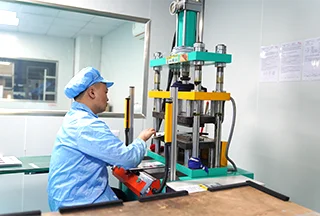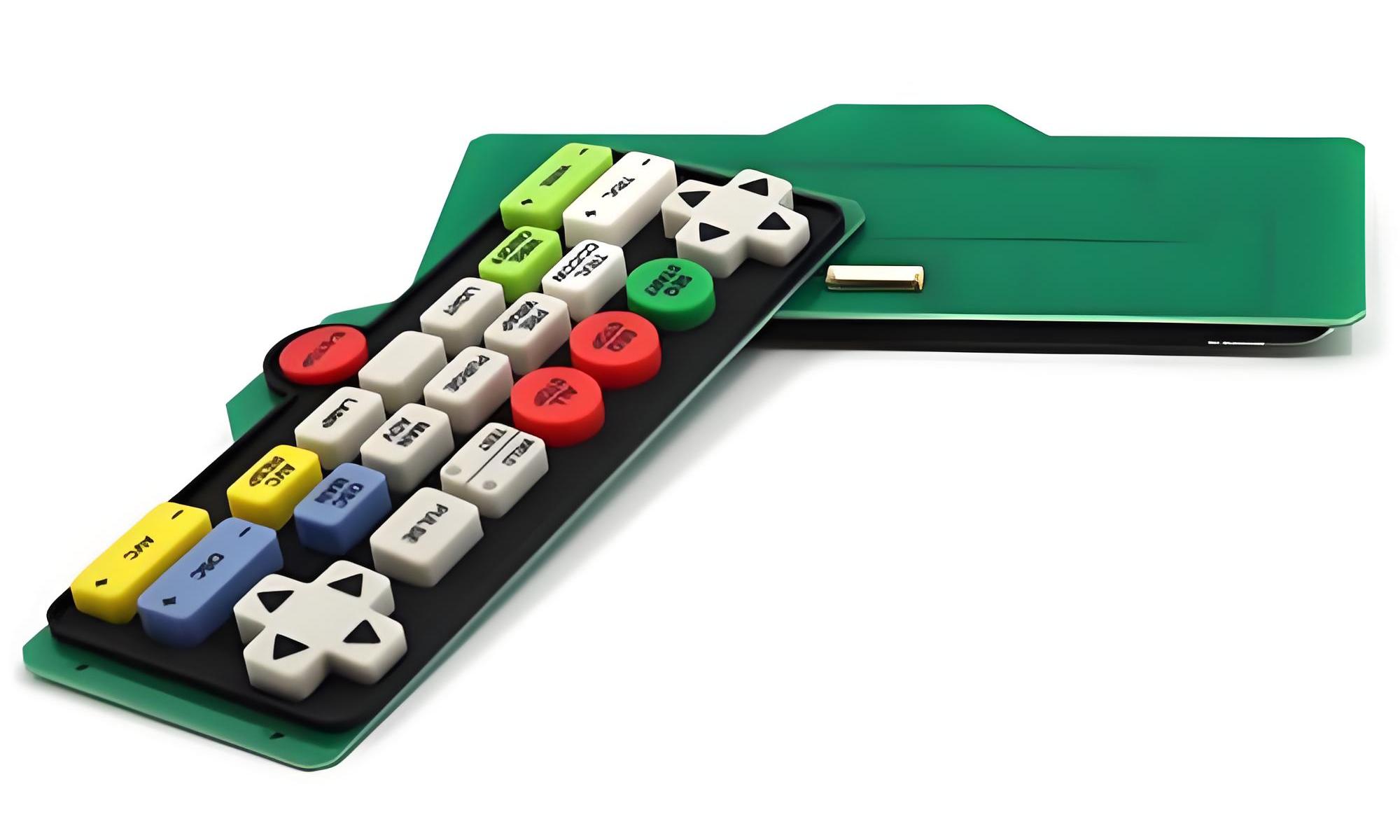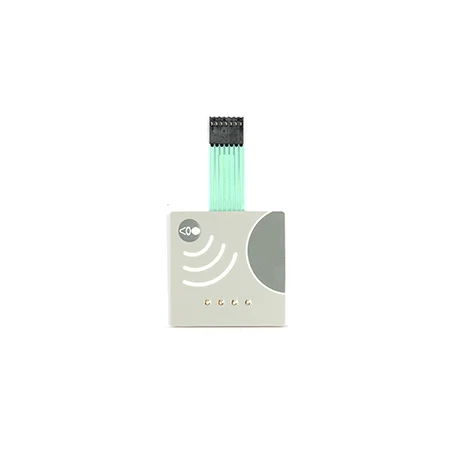
Search "Membrane switches"

FPC Circuit Structure Membrane Switch
Compared with traditional membrane switches by using the silver paste printed flex as the circuit layer, the FPC membrane switch is made from Polyimide copper etched FPC circuits. Copper Flex Membrane Keypads, also known as Copper Flex Printed Circuit (FPC) Membrane Switches, are essential input devices in the electronics industry. They are designed to offer …

Epoxy Membrane Switch
Epoxy technology is a friendly and easy to operate technology that combines the durability of epoxy with the convenience of a pushbutton switch. It is essentially a membrane switch that uses a special epoxy material for its operation. Unlike traditional switches, which can be prone to wear and tear, Epoxy Membrane Switch is robust and …

Membrane Switch
A membrane switch is a temporary electrical device that turns a circuit on and off by press the buttons. Membrane switches, or keypads, are constructed of flexible layers, called membranes, over a printed circuit. Because of their flexibility, membrane switches are found in various industries including medical, industrial controls, consumer electronics, and more. Membrane switches …

Membrane Switch Durability
A membrane switch gives a visually pleasing human-machine interface that is easy to use, low profile, and electronically stable. They are well known to stand up to harsh conditions. Flex circuitry is resilient and can be used in many different environments. Once you know what the end use will be for the flex circuit, the …

What is silicone rubber used for?
Silicone rubber is a material with unique properties and is widely used in many fields. In membrane switches, silicone rubber plays a vital role. As a key material, silicone rubber has good elasticity and touch, which can provide a comfortable key operation experience. At the same time, silicone rubber also has good wear resistance and …

LED Tactile Switch for Telecommunication Machine
The LED membrane switch incorporates a layer of light guide film as the backlighting element to illuminate the interface. Activation occurs when pressure is applied to the membrane layer, closing the circuit and registering a keystroke or command. Widely employed in electronic devices requiring uniform lighting, such as control panels, keypads, and remote controls, membrane …
Contact us online